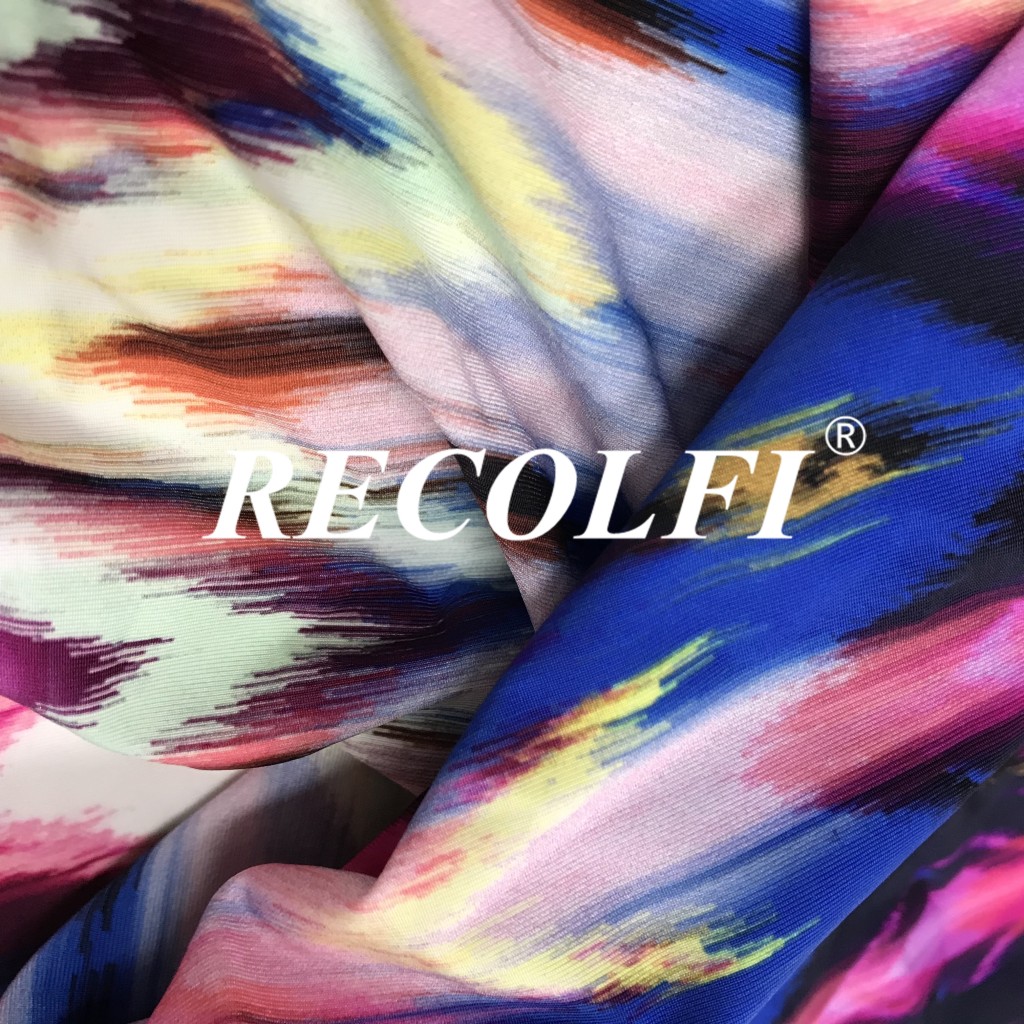As we become more conscious of the impact of our choices on the environment, the fashion industry is also embracing sustainable practices. One area where sustainability is gaining traction is in the production of eco-friendly fabrics for swimwear and beachwear. In this article, we will explore some of these innovative materials that are not only gentle on the planet but also offer style and functionality.
One popular eco-friendly fabric used in swimwear is recycled nylon. This material is made from post-consumer waste like discarded fishing nets, fabric scraps, and industrial plastic waste. By repurposing these materials into new nylon fibers, manufacturers can reduce both waste in landfills and virgin resource consumption. Recycled nylon has similar properties to traditional nylon – it’s durable, elastic, and dries quickly – making it an excellent choice for swimwear that needs to withstand sun exposure, saltwater, and chlorine.
Another sustainable option for swimwear is Econyl® regenerated nylon. This innovative material is made by recovering nylon waste such as fishing nets from oceans and aquaculture sites or carpet fluff from landfills. The recovered nylon undergoes a regeneration process to create a high-quality yarn that can be used to make swimsuits with the same performance as virgin nylon but with a significantly lower environmental footprint.
For those looking for natural alternatives to synthetic fabrics, organic cotton is a great choice for beachwear. Grown without synthetic pesticides or fertilizers, organic cotton reduces water usage and promotes soil health compared to conventional cotton farming practices. Organic cotton garments are soft against the skin and breathable, making them ideal for cover-ups or casual beach attire.
Hemp is another eco-friendly fabric that has been gaining popularity in recent years due to its sustainability credentials. Hemp plants require minimal water and no pesticides to grow, making it one of the most environmentally friendly crops available. Hemp fibers are strong and durable yet lightweight, making them suitable for swim trunks or beach bags that need to withstand wear and tear.
TencelTM lyocell is a cellulose fiber derived from sustainably sourced wood pulp – often eucalyptus trees – using an environmentally friendly closed-loop process that recycles solvents back into production. TencelTM lyocell has excellent moisture-wicking properties which make it an ideal choice for beach cover-ups or sarongs that need to dry quickly after being wet.
A relatively newer entrant into the world of sustainable fabrics is Piñatex®, a vegan leather alternative made from pineapple leaf fibers leftover from agriculture processes in tropical countries like the Philippines. Piñatex® offers a cruelty-free option for those seeking animal-free materials while also diverting agricultural waste from landfills.
Seaweed-based textiles are also emerging as an exciting development in sustainable fashion. Fabrics made from seaweed offer natural UV protection properties along with biodegradability at end-of-life disposal – providing a closed-loop solution compared to traditional synthetic materials like polyester.
In conclusion, there are numerous eco-friendly fabric options available for those looking to make more sustainable choices when it comes to their swimwear and beachwear purchases. From recycled nylons to organic cottons and innovative materials like Piñatex® or seaweed-based textiles, consumers have plenty of stylish options that align with their values towards environmental stewardship without compromising on quality or design aesthetics.

Leave a comment